Nowadays hardly anybody has time anymore. We’re hectically running from one task to the next meaning that wasting time is not an option. The same is inadvertently then applied to browsing. With the evolution of smartphones and fast internet connections, we’re constantly online, and when you consider the amount of content that’s available, it’s easy to see why the need for fast service is essential.
You won’t waste your time waiting for anything, because just a few clicks away there’s someone who’s offering the same content, product, and/or service, but is faster at delivering that information to you.
Studies have shown that the loading time for a site is considered “good” if it’s 5 seconds, or faster, ideal it’s 3 seconds or faster, and if you’re above 7 seconds, you might as well pack up shop. Think about these numbers for a moment. In the grand scheme of things 2 or 3 seconds are nothing, just thinking of such a small timeframe is redundant. However, when we’re talking about information delivery there’s really nothing else, and when your website isn’t properly optimized with a WordPress maintenance service, chances are that speed won’t be your best feature.
If you’re still doubting the impact speed could have on the success of a site, we’re going to make it really simple – Google uses loading speed as one of the key metrics in search results rankings. Really, there’s nothing else you need to know – if you want to get on the first page your site needs to be fast (regardless of content).
Luckily, the market has identified this area of site management as one of importance and has provided us with a vast number of tools that can be used to improve our site speed. We’ve done some testing and have found a few solutions worthy of being highlighted. So without wasting any more time, let’s begin!
Ubersuggest SEO Analyzer
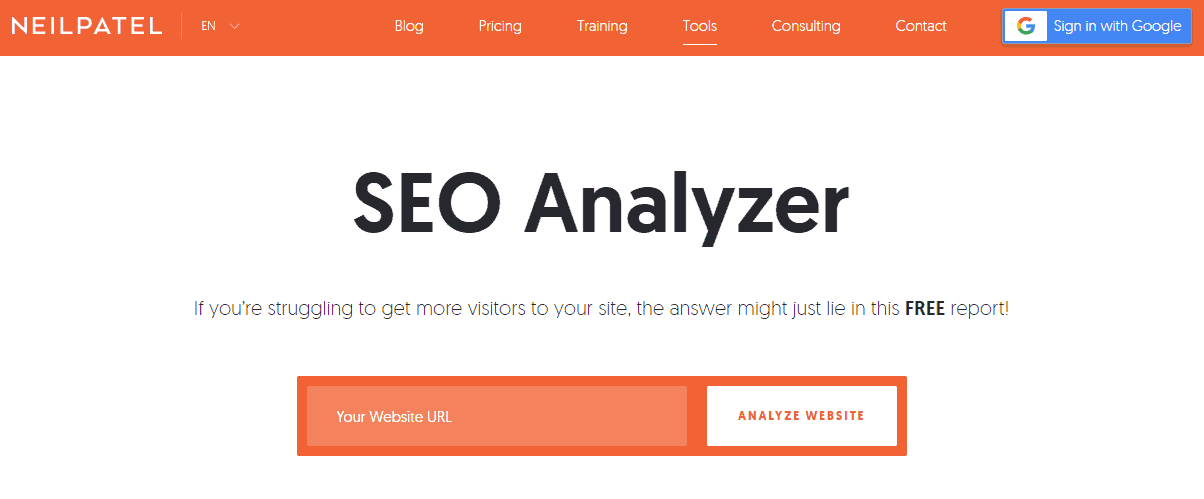
Ubersuggest is a service that offers the complete SEO package, but in this instance, we’ll be focusing on their SEO analyzer. The in-depth site audit is really easy to use, much like everything else regarding Ubersuggest – all you have to do is enter your website URL and you’ll get back a comprehensive report that will let you detect everything you’re doing right and everything you could improve.
You’ll have to wait a couple of moments for the tool to crawl through 150 pages on your site (the number goes up for premium users), but after that, you’re good to go.
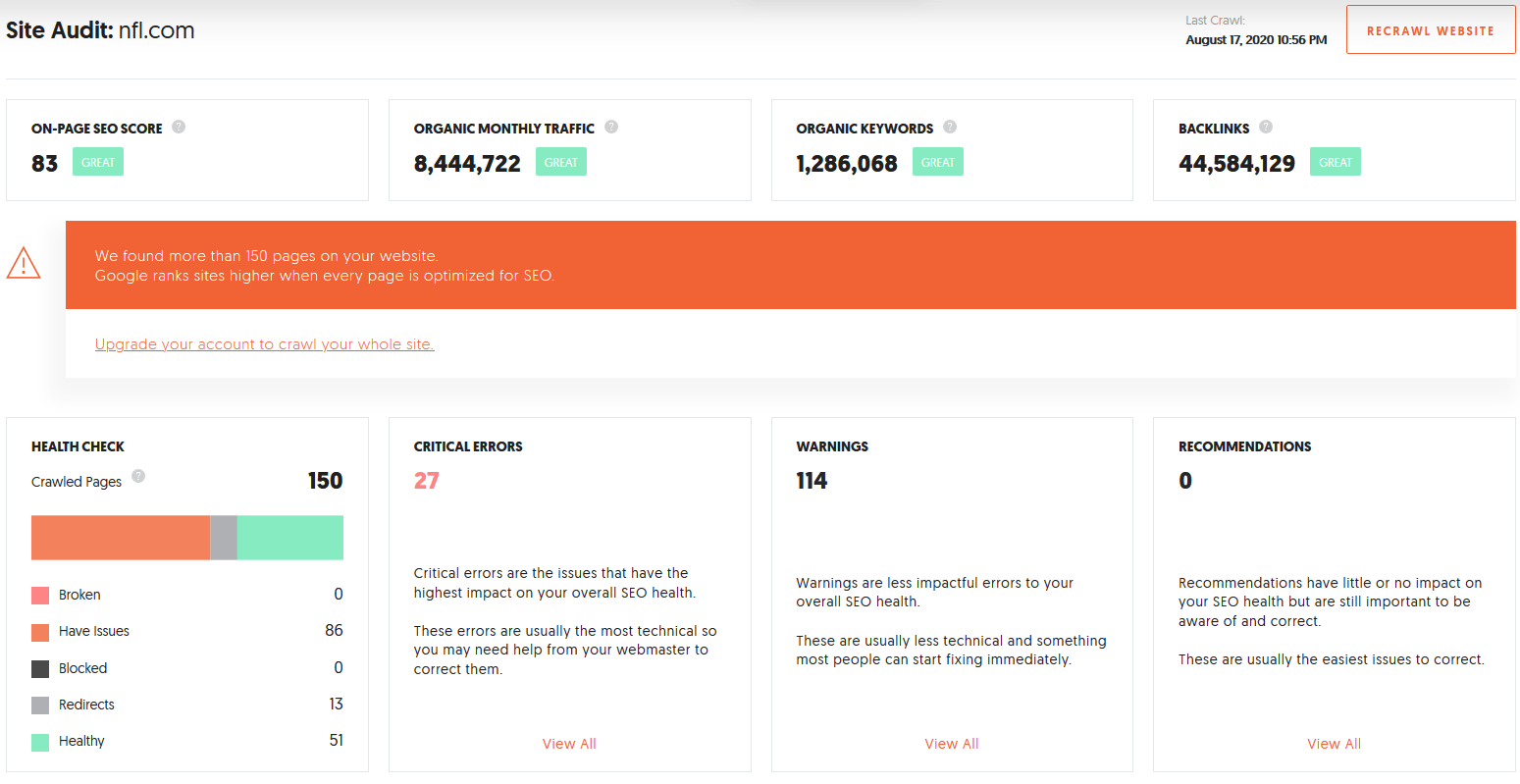
All the usual data will be highlighted – the SEO score, traffic, keywords, and backlinks. You’ll even be presented with errors found and recommendations on improving your score. And while those are all great numbers to have, let’s focus on what we’re here for – speed.
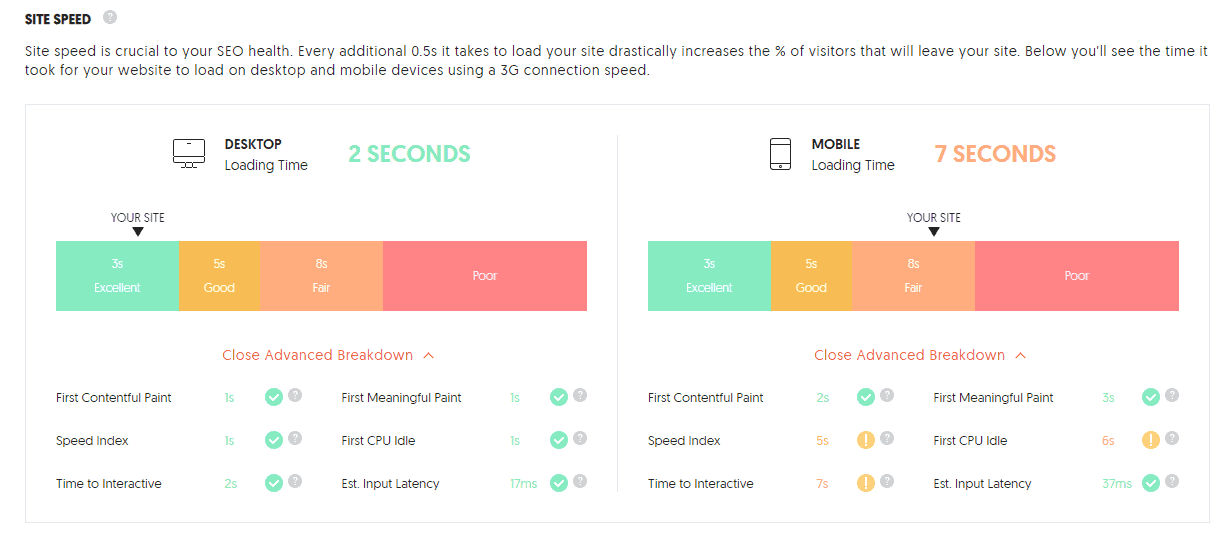
The first thing you notice are the two graphs, that divide the data into desktop and mobile. This is a crucial distinction because of the different nature of each of the browsing methods. If you have an app that “replaces” your site on mobile devices, take those numbers with reserve, but still look to improve – not everyone may know of your app and still use the site.
You’ll immediately see the highlighted page loading times displayed just above the graphs and if you don’t go any further than that it will be enough to let you know where you stand.
As we’ve mentioned already 5 seconds and below is passable, everything slower needs to be addressed immediately.
Checking out the advanced breakdown you’ll be able to see how fast separate elements of your site are loading up. You’ll be prompted with data such as how long it takes for the primary content to get loaded, how long until first images are loaded, or how fast can visitors first interact with elements on the site. As you would guess, you’ll want to keep all these numbers as low as possible.
Put all of this together and you’ve got yourself the complete speed analysis package.
WP Reset
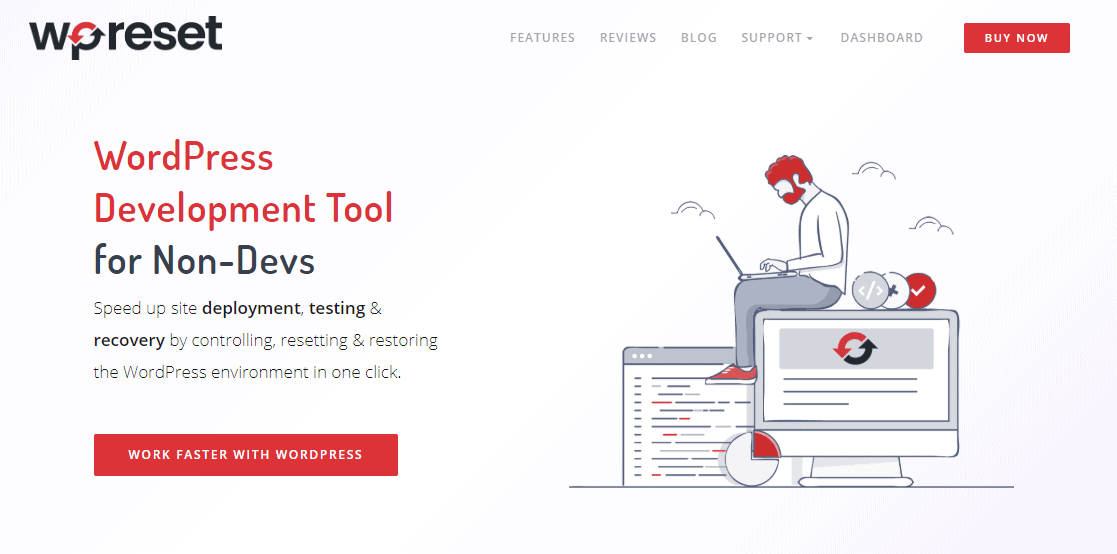 WP Reset is a tool that will help you get rid of clutter, which is one of the most common culprits for a slow-performing site. Now, how does WP Reset take care of that? Well using its many resetting tools which range from partial resets that will remove things like plugins, themes, users, widgets, content, and so on, to a nuclear reset that will wipe your entire site clean.
WP Reset is a tool that will help you get rid of clutter, which is one of the most common culprits for a slow-performing site. Now, how does WP Reset take care of that? Well using its many resetting tools which range from partial resets that will remove things like plugins, themes, users, widgets, content, and so on, to a nuclear reset that will wipe your entire site clean.
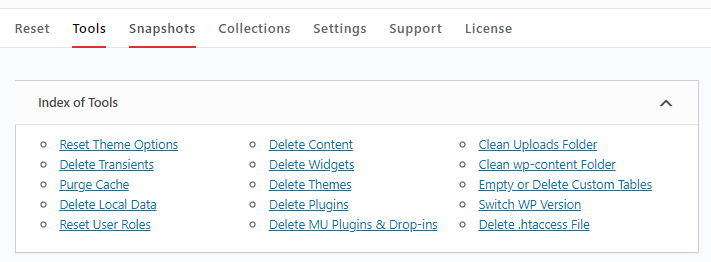
What this all means is that WP Reset will not only speed up your site but can also speed up your deployment, testing, and recovery tasks.
All of its tools work on the on-click principle and all of the processes done by WP Reset are completed within minutes, sometimes even seconds.
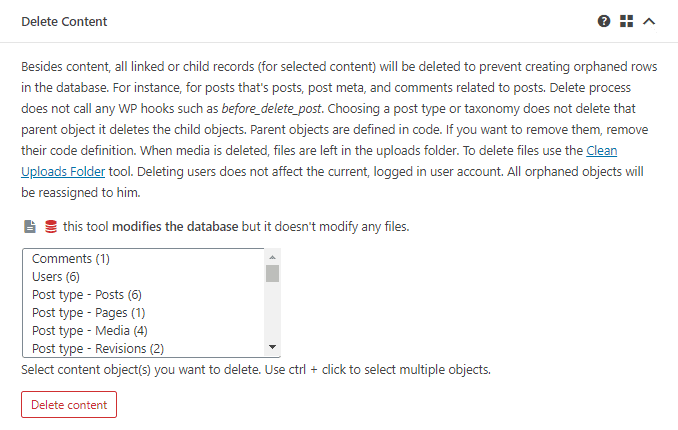
On top of all this, WP reset is also able to create database snapshots, plugin (+theme) collections, and comes with something called the Emergency Recovery Script which can do wonders in dead-end situations such as the white screen of death or having no access to the WordPress admin dashboard. An amazing product indeed!
Pingdom

Pingdom is a site that tests for your site’s loading speed and anything that may hinder it. The process of obtaining the data is as simple as inputting the website URL into the designated field and selecting the server from which the testing will come from. After that, you’ll get back data that can help you identify how you’re standing and where improvements can be made.
An overall performance grade is probably the first thing you’ll notice and also the most important one. It summarizes all the data in one number that’s easy to understand and represents a perfect starting point for delving into the rest of the data. This data includes things like load time, the number of requests, and page size.
You’ll rightly focus on load time (it’s the metric that influences visitors the most), with additional data like page size that will help you determine why your site isn’t as fast as you’d hoped – maybe the pages are too big and require longer to load for example.
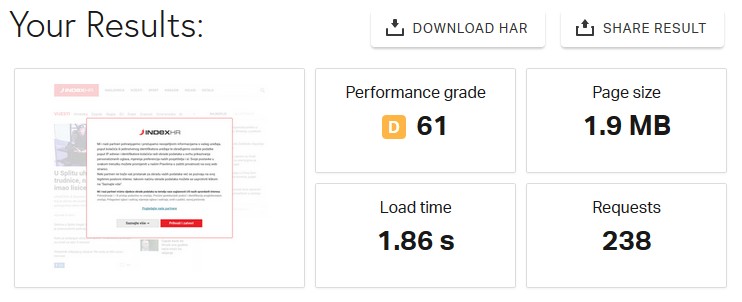
Another thing worth pointing out is the comparison to others that have used the service. Namely, in the advanced data section, you’ll get back information on where you stack compared to them, which can be a good indicator where you roughly stand overall within your market.
It’s also worth noting that you’ll get only a few searches for free after which you’ll need to sign up for the premium service, but still, it’s a great tool for quick reports on these kinds of issues.
PageSpeed Insights

When Google offers a service you’d be wise to at least look into it. The same goes for PageSpeed Insights. Just as you would expect of Google, they’ve made using the service very simple. You can use it just like you would the search engine, with the only difference that you’re entering the whole domain name instead of searching by keywords (which is also a possibility in the actual search engine, though rarely used).
The data you’re getting back isn’t all that different from what you would get with the aforementioned services as well, just with the added name recognition that the data is provided by Google to set it apart from the rest. Familiar core measurements such as when the first image and/or text is shown, how fast the biggest one is shown, and how quickly a visitor can interact with the content are all included.
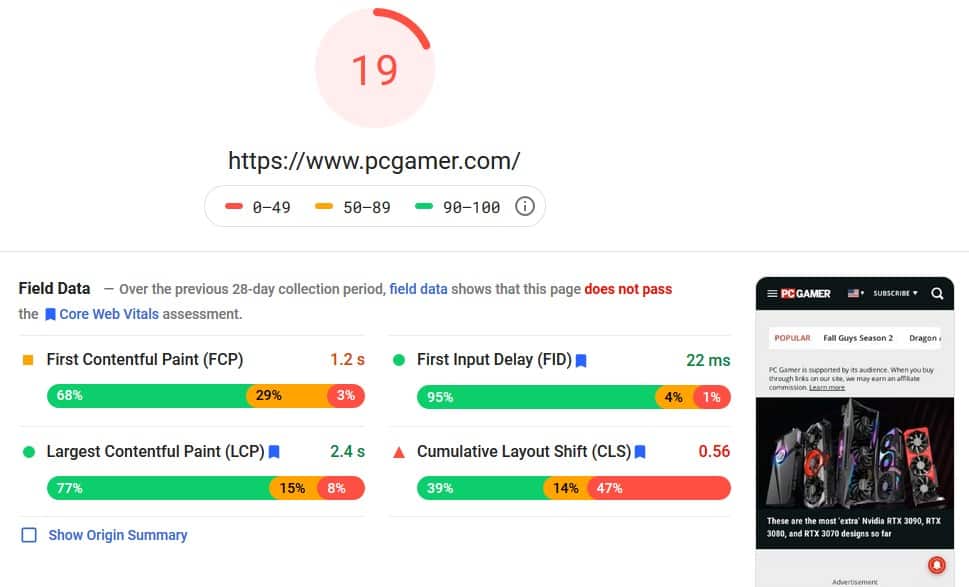
The part where this particular service stands out is in the suggestions area. Aptly named opportunities, these suggestions range from the basic text compression and removing unused CSS, to advanced actions like preloading key requests, or removing unused JavaScript.
Advanced actions require advanced coding knowledge so be sure to know what changes you’re making to limit the possibility of any backfires where your site could go down.
A nice addition to the suggestions is information that gives an estimate of how much a particular change would lower the loading times. And usually, the advanced changes bring with them better loading times.
The analyzed pages that are taken into consideration include all of those that have gone live in the last 28 days. Unlike services that go through a specific number of pages regardless of their timestamp, this method could prove somewhat ineffective for less active sites.
W3 Total Cache
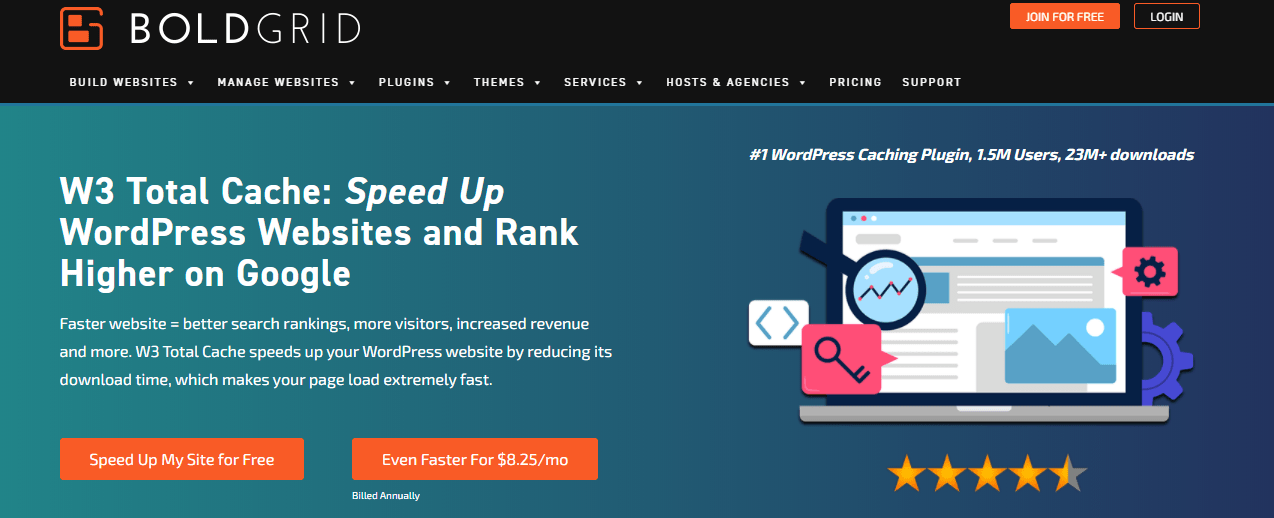
There will be times when the problem with your loading speed won’t be content, but code. People new to the game are probably stressing themselves out right now because “code” is the root of many a nightmare for anybody just starting out in web management. However, there are tools that can help you out with optimizing and minifying your code so that it significantly improves your loading times without you having to go through a three-month-long course on coding.
One of these tools is W3 Total Cache. It’s a plugin for WordPress that automatically caches pages to improve response time, sifts through CSS and JavaScript, optimizes both and even removes anything that’s unused in the current site configuration. Again, all of this is done with just a couple of clicks on your part, absolutely no coding knowledge needed.
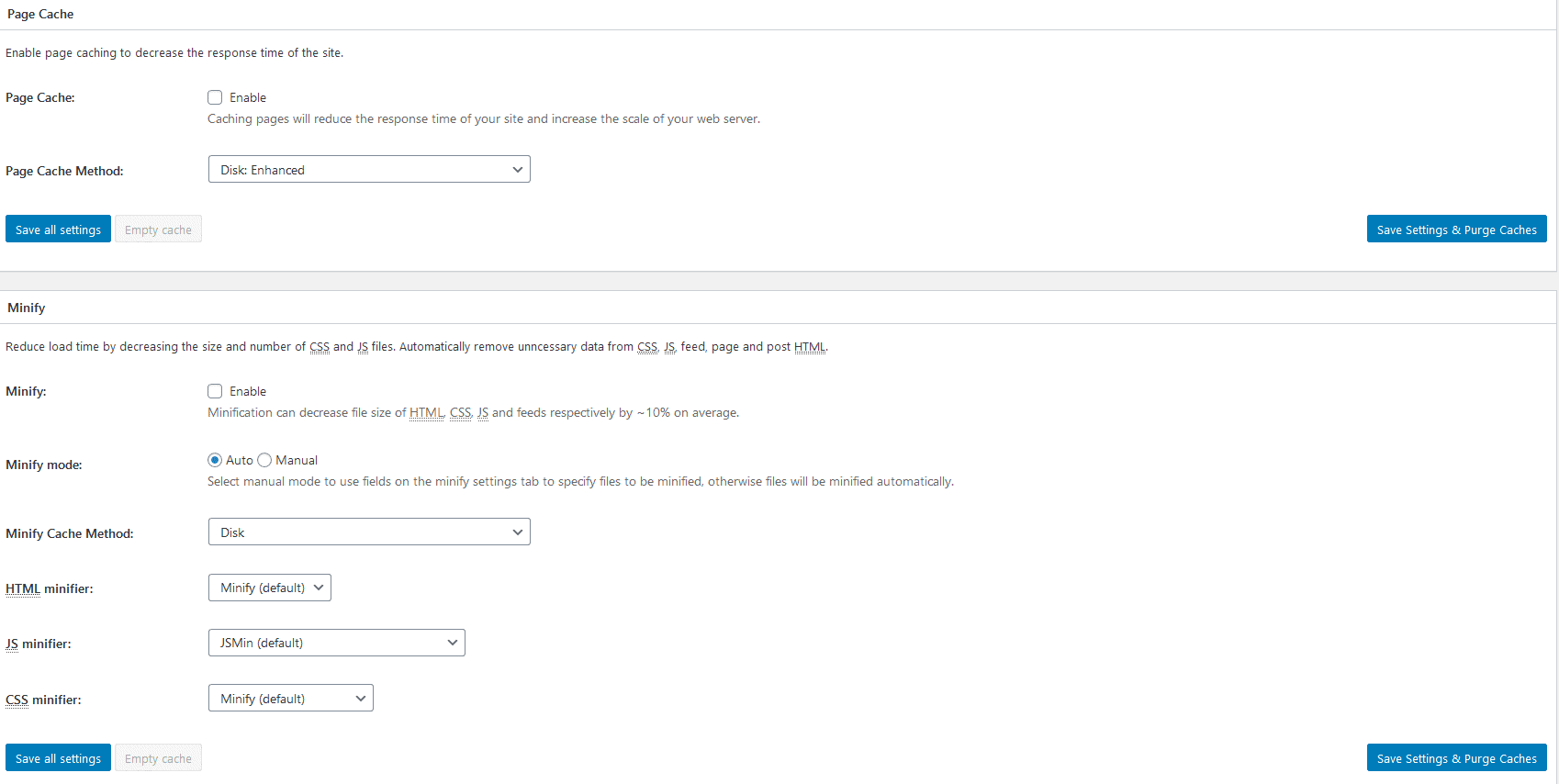
In the long run, you’d want more control over your code i.e. edit it yourself so you know precisely what changes are being made, but as a first stop solution while you’re still getting the hang of it this plugin could be a lifesaver.
As with most of the tools we’ve highlighted, there is a free option that gets you limited access to all available features, but only after you’ve opted for the premium product will you get to use everything that’s on offer.
TinyPNG
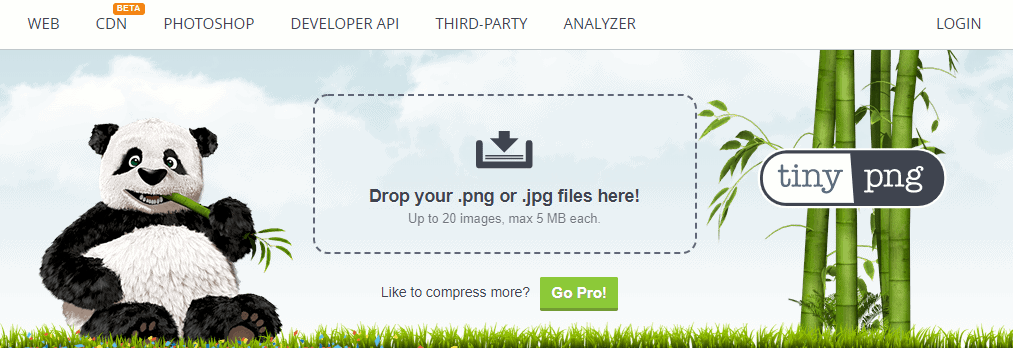
To finish things off, we’ve decided to go a slightly different route. Websites have always been a visual medium, but nowadays you can’t find even one without its fair share of high-res images. These images put a strain on browsers that have to load the pages and can have a negative effect on your loading times. That’s why image optimization is so important. You’ll be looking to compress the images while at the same time keep the quality as high as possible and this is where TinyPNG comes in.
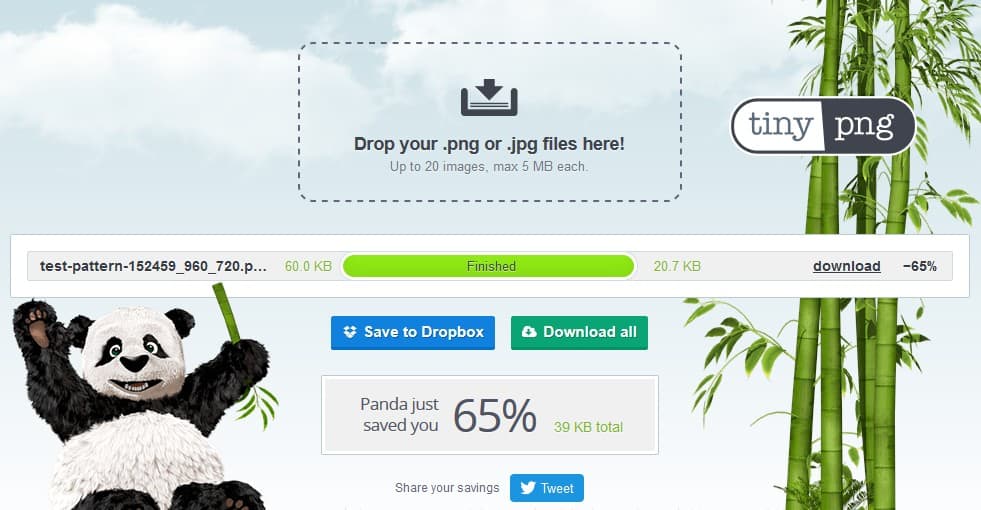
All you have to do is upload your selected images and start the conversion.
If you’re looking to use just the free option, you’ll be limited to 20 images each at 5 MB max, and the default compression option. But in case you decide to go premium, the upload limits disappear and you get access to advanced compression options. Either way, But once the compression is done you’ll get to see how much the image(s) was/were compressed (individually and in total) and will get to download them directly, or save them to your Dropbox.
And while you’ll be able to upload the most commonly used image formats, the conversions are always in PNG format (even the animations), which are optimal for use on sites.
Compression is the main thing you will be using TinyPNG for, however, they also offer a Photoshop section for a fee if you want to have an image optimization tool and editing tool in the same place.
Conclusion
All the various solutions we’ve mentioned in the article are software-based. But it goes without saying that to get passing speeds, you’ll need a hosting service like EasyWP that can keep up with your needs. Without the hardware infrastructure in place, you really can’t even hope that a software upgrade will have a noticeable effect.
That being said, we simply have to once more single out the Ubesuggest SEO analyzer. Its biggest selling point is the fact that it’s not just a great tool in itself, but also part of an all-encompassing SEO solution that covers everything you’ll need to get your site to the top of search results pages.
On top of that, in comparison to similar platforms like Moz or SEMrush it’s much more affordable.
As we were searching the web to find you the best tools you could use, one of the things we’ve put an emphasis on is that each of the solutions has some type of free tier that lets you try out most or all of the available features. Thus, we urge you to check all these out for yourself before diving headfirst into anything – we’re certain you won’t be disappointed.